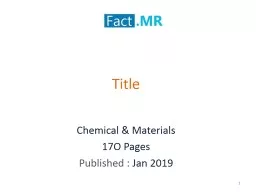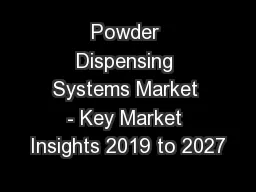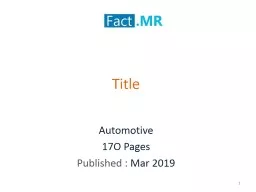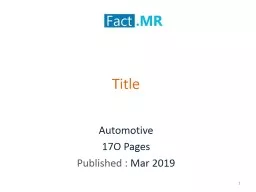PPT-Market Structures Chapter 7
Author : test | Published Date : 2018-12-06
Perfect Competition Large numbers of buyers and sellers Buyers and sellers deal in identical products Each buyer and seller acts independently Buyers and sellers
Presentation Embed Code
Download Presentation
Download Presentation The PPT/PDF document "Market Structures Chapter 7" is the property of its rightful owner. Permission is granted to download and print the materials on this website for personal, non-commercial use only, and to display it on your personal computer provided you do not modify the materials and that you retain all copyright notices contained in the materials. By downloading content from our website, you accept the terms of this agreement.
Market Structures Chapter 7: Transcript
Download Rules Of Document
"Market Structures Chapter 7"The content belongs to its owner. You may download and print it for personal use, without modification, and keep all copyright notices. By downloading, you agree to these terms.
Related Documents













